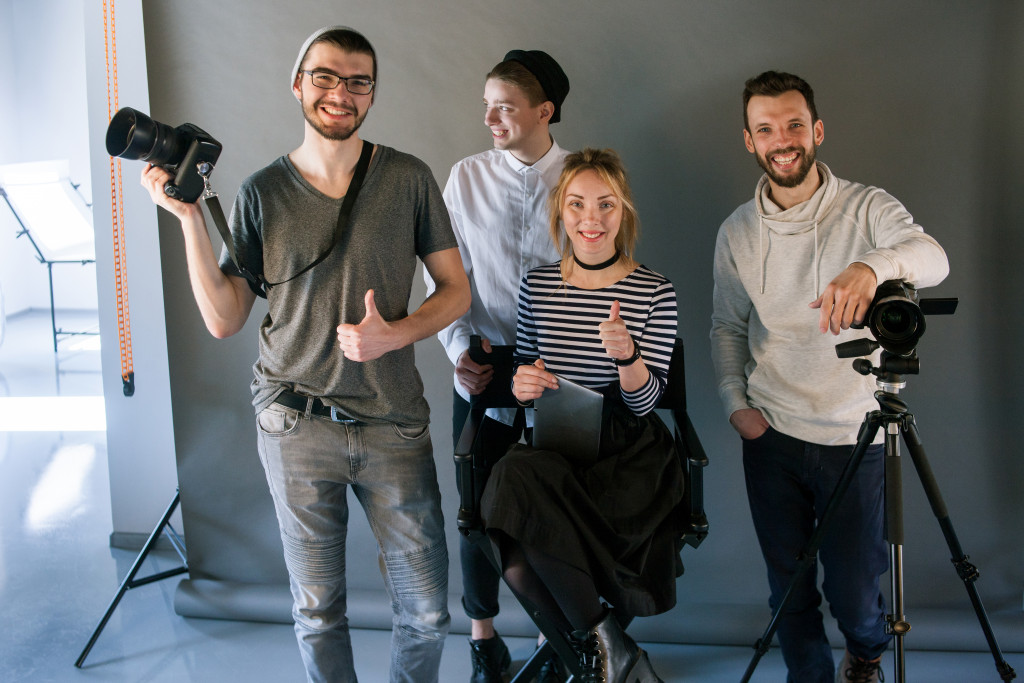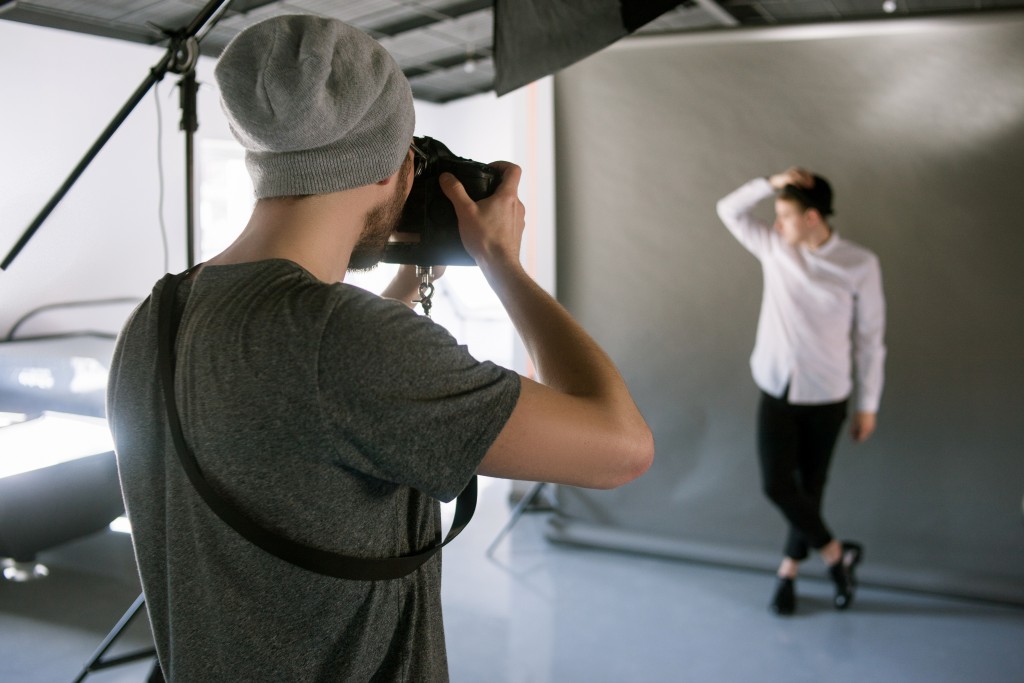In the realm of consumer technology, manufacturers don’t always put their best foot forward. Sometimes, this is due to an accident or oversight. The design of the Subaru head gasket is an example; the initial stock gaskets would rarely last over 120k miles before leaking oil. Owners would then have to find a replacement gasket with improved design at an affordable price. It wasn’t intentional, but such incidents are known to happen as companies release and refine their product offerings in a series of iterations with consumers.
At other times, though, a company will intentionally target consumers with limited versions of its products. This is done to accommodate variations in price point and comfort and is evident in the product line-ups of camera manufacturers.
When the average enthusiast buys their first camera, they probably get a decent feature set, but one that’s still far from having professional capabilities. The kit lens that came with your DSLR or mirrorless camera body is one aspect that could use an immediate upgrade. Here’s how you can work within those limitations and then proceed to go beyond them.
Kit lens limitations
The technical aspects of your lens will go a long way towards determining the characteristics and qualities of your images. As you practice your photography skill and become familiar with concepts such as the exposure triangle, the impact of the lens will be more evident.
Shooting at a particular aperture isn’t just about letting more or less light into your camera’s sensor. A wide-open lens is one technique to create a shallow depth of field. Conversely, stopping down will pull more of the scene into focus.
However, the typical kit lens runs into limitations either way. It can’t open wide enough to let in enough light for dim conditions. The quality of ‘bokeh’ or out-of-focus areas is generally not as pleasant. And images still don’t achieve a very high degree of sharpness when stopped down.
Focal length is another influential characteristic of your lens. A kit lens has a limited zoom range. It can cover a wide enough scene or zoom in sufficiently for general purposes, but not all. And as you seek to learn and expand your repertoire, working with focal lengths outside of that range might be necessary.
Getting skills up to scratch

A kit lens can’t handle every situation, and that’s not what camera manufacturers intended it for. For beginners, the camera body is a significant expense. Yet it’s useless without a lens. The kit lens was designed with affordability and versatility in mind.
And for the most part, kit lenses accomplish that goal. You can get into photography as a hobby and walk around with nothing more than the first body and lens you bought. Stay out of low-light situations and refrain from focusing on fast-moving objects, and you’ll do reasonably well.
Figuring out how to work with your kit lens represents an essential stage of the photographer’s early learning curve. Within these limitations, you can focus on other aspects of photography. Many of these, such as composition and subject choice, aren’t determined by what equipment you hold, but rather by what’s going on inside your mind. You can also work around limitations by moving around instead of relying on zoom, for instance.
Find your voice
Thus, before declaring yourself to have graduated from your kit lens, you need to make sure that your skills have improved. Ideally, you’ve also learned more about your relationship with photography. This will help you discover and gravitate towards specific genres.
There’s a saying in photography that you should date your cameras, but marry your lenses. Past a certain point, the differences between camera bodies tend to be nitpicky. However, high-end lenses offer vastly different qualities. They become extremely specialized, with a cost to match.
For example, a lens with a high focal length can be great for flattering headshots. But even though it lets you zoom in on distant objects, the same lens might not be any good for close-up shots of small details. For this purpose, you’d want a specific lens designed for macro photography, with a low minimum focusing distance and high magnification. Both lenses would be expensive, heavy, and might share characteristics such as focal length, but would be best suited to very different genres of photography.
Before you upgrade from your kit lens, find your voice. Understand what draws you most to photography, and which genre suits you best. This way, you can start working with a lens that offers superior performance and addresses your long-term photography needs without breaking the bank.

